Description
UV Photoinitiator
Our company specializes in the production of Type I Free radical photoinitiator; Type II Free radical photoinitiator; Amine Synergist; Polymeric photoinitiators; Cationic photoinitiator; Newly Developed PIs.
UV Photoinitiator is the core raw material of light-curing materials (mainly including UV coatings, UV inks, UV adhesives, etc.), light-curing materials are an important alternative to traditional solvent-based coatings, inks and adhesives, and are an important means and measure to achieve national emission reduction strategies and combat air pollution.
Due to its environmental protection, high efficiency, energy saving, wide adaptability and other excellent characteristics, light-curing materials are widely used in many areas of the national economy, including wood coating, plastic products coating, decorative building materials coating, paper printing, packaging printing, automotive parts, electrical / electronic coating, printed circuit board manufacturing, fiber optic manufacturing, 3D printing, electronic glue and many other industries.
Type I Free radical photoinitiator
The reaction mechanism of type I photoinitiators is to generate free radicals by cleavage; These products do not require amine synergists or proton donors.
Alpha-hydroxyalkyl aryl ketones (e.g. photoinitiator 1173) have higher thermal stability and initiation activity than phenyl coupling ethers.
Sinocure®184, Sinocure®1173, Sinocure®754 and Sinocure®MBF are all photoinitiators with low yellowing and are the best choice for varnish and white system formulations.
-
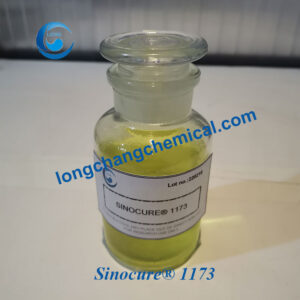
Sinocure® 1173 / Photoinitiator 1173 / Irgacure 1173 / Darocur 1173 / Omnirad 1173 CAS 7473-98-5
Read more -

Sinocure® 160 / ESACURE KIP 160 CAS 71868-15-0
Read more -
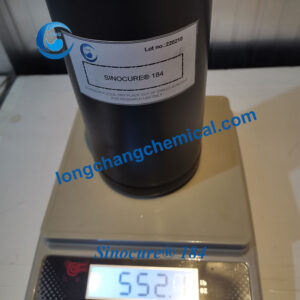
Sinocure® 184 / Irgacure 184 / Omnirad 184 CAS 947-19-3
Read more -

Sinocure® 369 / Omnirad 369 / IRGACURE 369 CAS 119313-12-1
Read more -
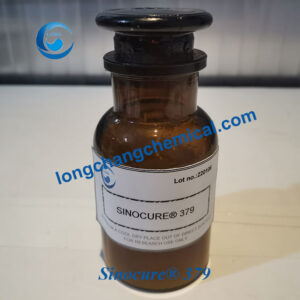
Sinocure® 379 / IRGACURE 379 / Omnirad 379 CAS 119344-86-4
Read more -

Sinocure® 819 / irgacure 819 / Omnirad 819 CAS 162881-26-7
Read more -
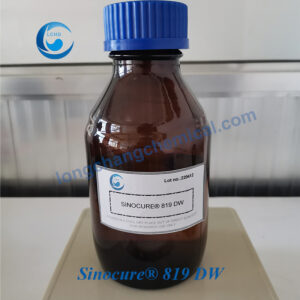
Sinocure® 819 DW / Irgacure 819 DW / Omnirad 819 DW CAS 162881-26-7
Read more -

Sinocure® BDK / Benzil Dimethyl Ketal CAS 24650-42-8
Read more -

Sinocure® TPO / Irgacure TPO / Omnirad TPO CAS 75980-60-8
Read more -
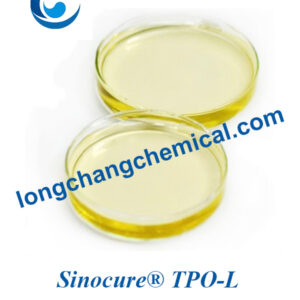
Sinocure® TPO-L / Irgacure TPO-L / Omnirad TPO-L CAS 84434-11-7
Read more
Type II Free radical photoinitiator
Type II photoinitiators react via a hydrogen extraction mechanism ;Most of these products require external amine synergists or proton donors.
In the actual case, in the UV single coat color paint, the black system is prone to poor adhesion and the phenomenon of paint falling off from the hundred frames. After adding 1.5% photoinitiator 819 in the formulation, the paint film adhesion increased significantly, indicating that 819 plays a role in promoting deep curing. In addition, in the black and white system, 907/ITX + 184 compound, 369/ITX + 184 compound, the effect of compound use is also very prominent.
-

Sinocure® BP / Benzophenone / Omnirad BP Flakes CAS 119-61-9
Read more -
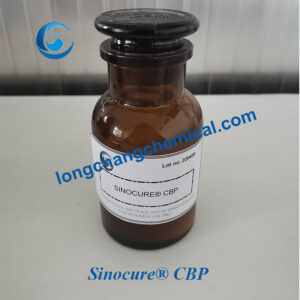
Sinocure® CBP / 4-Chlorobenzophenone CAS 134-85-0
Read more -

Sinocure® CQ CAS 10373-78-1
Read more -

Sinocure® DETX / Irgacure DETX / Omnirad DETX / Speedcure DETX CAS 82799-44-8
Read more -

Sinocure® ITX / 2-Isopropylthioxanthone / Omnirad ITX CAS 5495-84-1
Read more -

Sinocure® MBP / 4-methylbenzophenone CAS 134-84-9
Read more -

Sinocure® PBZ / 4-phenylbenzophenone / 4-Benzoylbiphenyl CAS 2128-93-0
Read more
Amine Synergist
Amine synergist is used in conjunction with Type II photoinitiators, generates free radicals that initiate radical polymerization of unsaturated oligomers e.g. acrylates after exposure to UV light. It can be used in combination with mono or multi functional monomers as reactive diluents.
Cationic photoinitiator
Cationic photoinitiators include diazonium salts, diaryliodonium salts, triarylsulfonium salts, alkylsulfonium salts, iron arene salts, sulfonyloxy ketones, and triarylsiloxane ethers. Its basic function is that photoactivation makes the molecule to the excited state, and the molecule undergoes a series of decomposition reactions, and finally produces a super protonic acid (also called Bronsted acid), which is used as an active species for cationic polymerization to initiate epoxy compounds, vinyl ethers , Polymerization of lactones, acetals, cyclic ethers, etc.



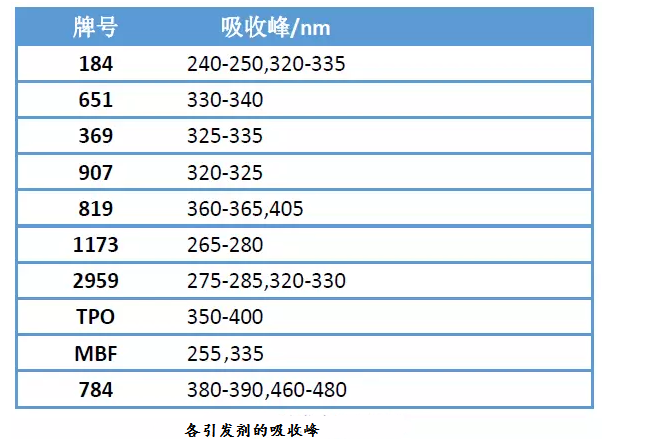
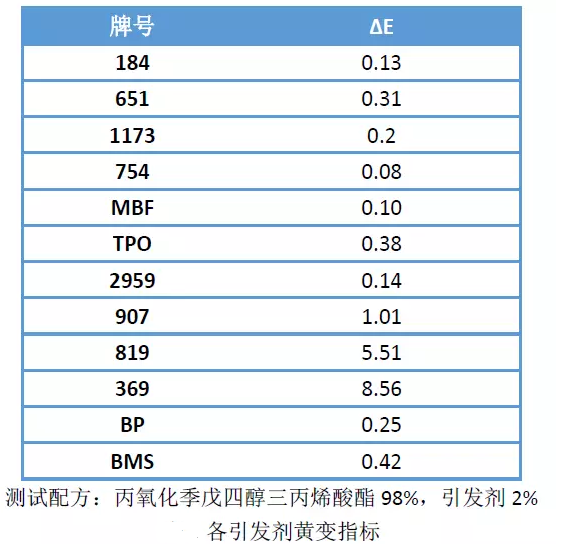
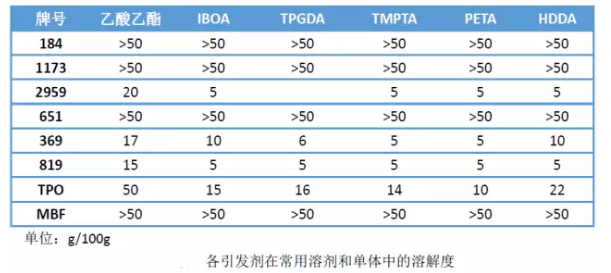



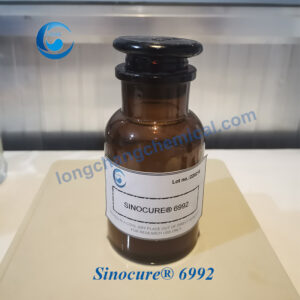



Isabella Nguyen –
I’m thrilled with my purchase! The item arrived promptly and in perfect condition. The customer service was also excellent. Five stars!